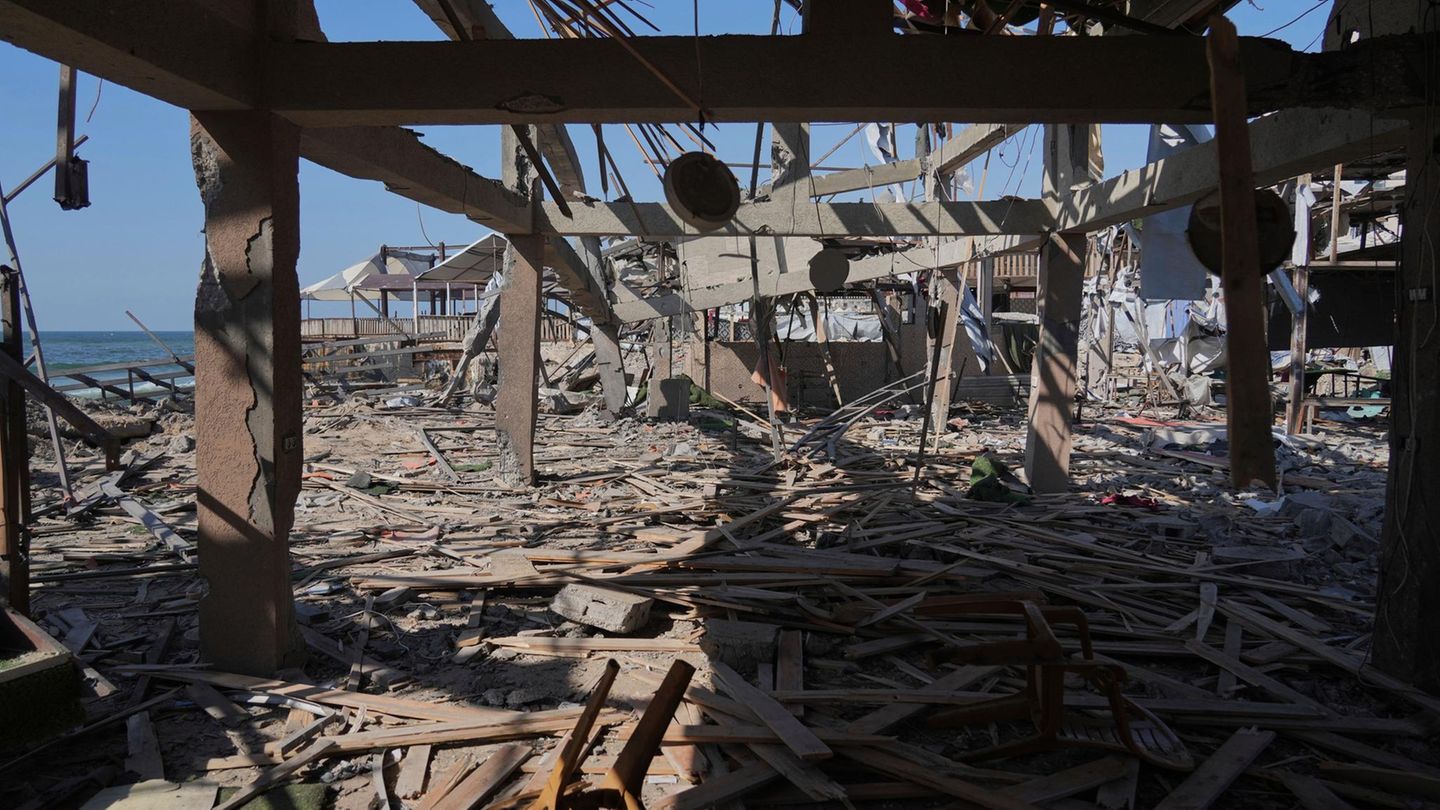The economy has begun to have a dynamic where the overflowing emission exceeds any imagined scenario. Although the monetary base grows by only 40%, the excess monetary issue that is required to finance public spending is hidden in the bills and passes of the Central Bank.
The Central Bank’s debt in leliq and repos grew at a rate of 153.9%, and it is this debt that is remunerated with the monetary policy rate, which is 97%, and if interest is capitalized, it grows at a rate of 154.0% per year. At this rate, these liabilities could reach levels of over $30,000,000 million by the end of the year. Which would leave us with very high inflation levels as a result.
It must be taken into account that annual inflation as of April was 108.8%, while the increase in liabilities without the month of May having ended, already adds up to an annual increase of 107.4%, this indicates that the increase in issuance is almost in line with the increase in prices.
clipboard01.jpg
According to the survey of market expectations of the Central Bank, inflation for the year 2023 according to the average of the 38 consultants surveyed, an average inflation of 128.0% per year would be estimated, while the 10 consultants with the most levels of accuracy estimate inflation of 158.3% per year.
According to our projections, inflation in 2023 would be above these marks, taking into account the lack of budget financing, which would force the Central Bank to speed up the issuance. So far in 2023, the Central Bank issued $670,000 million to meet the needs of the budget, and this issue will not stop in the second semester.
Bookings
Reserves went from US$ 41,561 million to US$ 33,481 million, this implies a drop of 19.4% in one year. This decline in reserves is practically impossible to reverse. The foreign debt due to imports would be around US$ 12,000 million, and the restrictions would continue throughout the year to try to ensure that the reserves do not pierce the level of US$ 30,000 million.
Uncertainty
Uncertainty in terms of prices is very high. In the last 12 months, imported products according to the wholesale price survey for the month of April were 132.8% per year, when the wholesale price index showed a variation of 103.9%. annual. If we measure the price of the wholesale dollar in the last 12 months, it showed a positive variation of 93.0%, while the blue dollar reflected a rise of 124.5% in the same period. This would be indicating to us that the prices of imported products have begun to copy the value of the blue dollar.
Commodity price threat
In recent months we have seen a sharp drop in the prices of soybeans, wheat and corn worldwide. Soybeans have fallen 13% in the last 12 months, corn 23% and wheat 45.0%. This poverty effect on prices, added to the reduction in quantities, is leaving us with a very low income as a result. poor dollars to Argentina.
In the last 12 months, exports totaled U$S 82,545 million, while imports U$S 79,930 million, this leaves us as a balance of U$S 2,615 million, which indicates that we are going to a very negative balance by the end of the year. . The only way to cushion the negative balance is by closing imports, which would entail a sharp drop in economic activity.
conclusions
The government’s dynamics are clear, it has a high fiscal deficit, and requires many patches to be able to reach the elections with a decent economy. He does not have dollars, and he will have to rationalize imports, which will lead him to a scenario of a sharp drop in economic activity.
We are facing a scenario of recession with inflation, what would be called recinflation. The world does not smile at us, and the lack of dollars is manifest.
The government intends to control inflation by raising the interest rate, this is a mistake, the rate rise is one more patch in the absence of an economic plan. The rate is at 97% per year, those who place fixed-term money are unhappy because the yield is lower than the inflation rate, while those who take credit are frustrated by the high level of rates, when that happens, the one that The fault is who executes, programs and designs the economic plan.
The three indicators that reflect the failure of the economic plan are:
1) The inflation rate is expected to be around 115% per year for May, and at levels above 160% per year for December.
2) The interest rate that must continue to rise, the Peronist bond maturing on October 17, 2023 already yields 180.0% per year, and its denomination in the market is TO23. This is a harbinger of a monetary policy rate that will soon be above 100% per year.
3) The wholesale dollar, the average of market analysts, expects it to be around $399 by the end of the year. From our point of view, we believe that it could be around $500, which should leave a dollar as a result. blue above $1,000 given the increase in the exchange rate gap.
4) Without a plan these variables are bound to run wild.
Source: Ambito
I am a 24-year-old writer and journalist who has been working in the news industry for the past two years. I write primarily about market news, so if you’re looking for insights into what’s going on in the stock market or economic indicators, you’ve come to the right place. I also dabble in writing articles on lifestyle trends and pop culture news.




